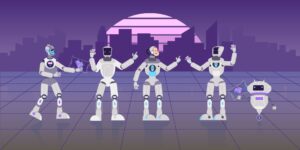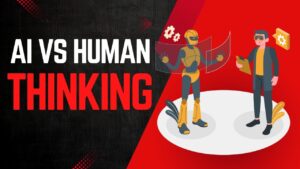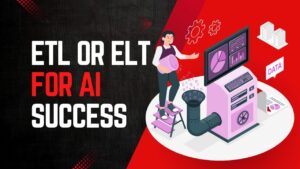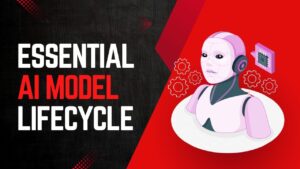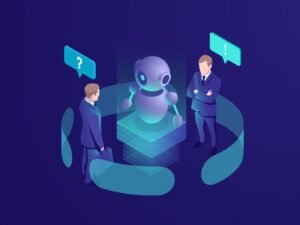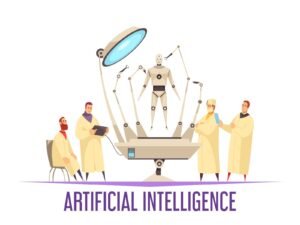In today’s fast-paced world, automation is a cornerstone of efficiency. But not all automation is created equal. Traditional automation, once the gold standard, is now being challenged by the rise of AI agents—systems that mimic human decision-making. What sets these two apart, and how do they shape the future of work, business, and everyday life? Let’s dive into their key differences and explore why this shift matters.
On This Page
Table of Contents
What is Traditional Automation?
Traditional automation refers to technologies and processes designed to perform repetitive tasks without human intervention. This system relies primarily on predefined rules and is characterized by static systems that are effective for specific applications. Businesses often adopt traditional automation to enhance efficiency and reduce operational costs.
Core Principles of Traditional Automation
The core principles defining traditional automation include:
- Predefined Rules: Tasks are executed based on a set of defined instructions.
- Repetitive Tasks: Ideal for high-volume, routine tasks that require little variation.
- Static Systems: Systems do not adapt to changes without manual reconfiguration.
Examples of Traditional Automation
Numerous examples illustrate how traditional automation is implemented across various industries:
| Industry | Example |
|---|---|
| Manufacturing | Robotic assembly lines that perform repetitive assembly tasks. |
| IT & Networking | Scheduled backups executed automatically at defined intervals. |
| Finance | Automated data entry for payment processing without human review. |
Traditional automation remains a crucial aspect of many industries.
The Rise of AI Agents: What Makes Them Different?
The landscape of technology is evolving rapidly, with AI agents emerging as a transformative force in contrast to traditional automation methods. Unlike standard automation that follows pre-set rules and executes repetitive tasks with limited flexibility, AI agents possess the remarkable ability to adapt, learn, and make decisions in real-time.
Key Differences Between AI Agents and Traditional Automation
To explore the differences, let’s summarize the distinctive capabilities of AI agents compared to traditional automation:
- Adaptability: AI agents can adjust their responses based on varied scenarios. For instance, a customer service AI can learn from each interaction, improving responses over time.
- Decision-making: Unlike traditional automation that requires explicit instructions, AI agents analyze data and make informed decisions autonomously. This capability allows businesses to optimize responses during critical situations.
- Learning Over Time: AI agents leverage machine learning to enhance their performance. For example, recommendation systems on e-commerce platforms refine suggestions by analyzing user behavior.
Examples of AI Agents in Action
Several industries have begun harnessing the potential of AI agents. Consider the following examples:
| Industry | Application |
|---|---|
| Healthcare | Patient monitoring systems that learn from individual patient data to provide personalized treatment recommendations. |
| Finance | AI-driven trading systems making real-time decisions based on market trends. |
| Retail | Smart inventory management systems that predict stock needs based on consumer behavior. |
The rise of AI agents marks a pivotal shift from traditional automation. By exploring their adaptability, decision-making, and continuous learning abilities, we unveil a future rich with potential for various sectors.
Key Features: Rules vs. Intelligence
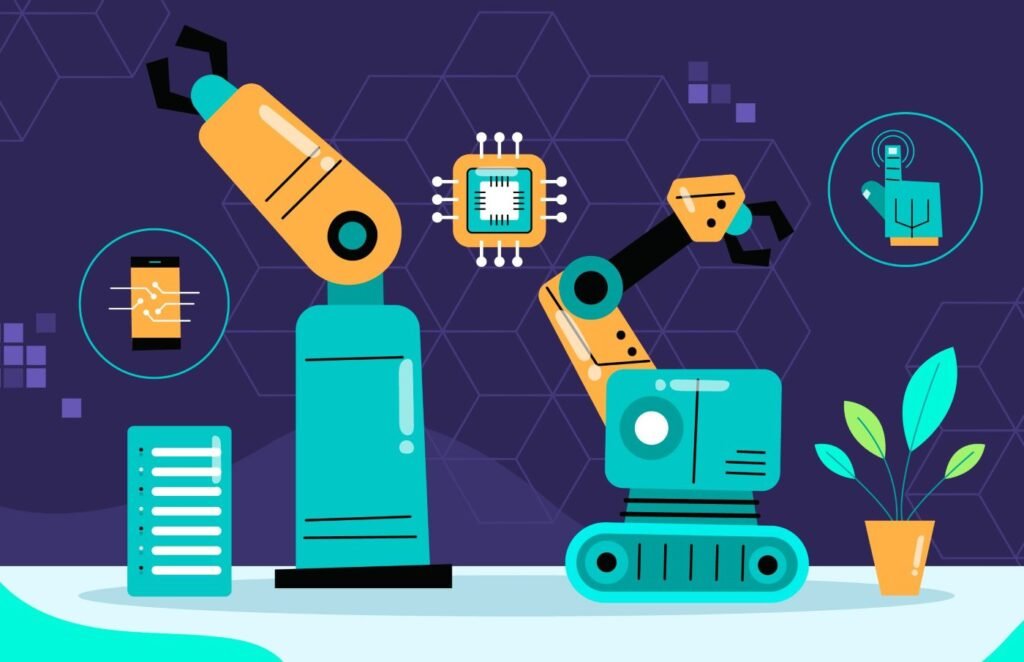
Traditional automation relies heavily on fixed rules and pre-defined protocols to execute tasks. This means that any decision-making processes are strictly based on these rules that define acceptable inputs and outputs. A common example of traditional automation is a factory assembly line, where robots are programmed to perform specific tasks repetitively. The rigidity of these rules limits the system’s adaptability to unforeseen circumstances.
Conversely, AI agents are designed to simulate human-like intelligence, enabling them to think and learn dynamically. Unlike traditional automation, AI agents can analyze vast amounts of data, recognize patterns, and make informed decisions even in unpredictable situations. For instance, virtual assistants like Siri or Alexa use AI to adapt to user commands and preferences, providing a more personalized experience.
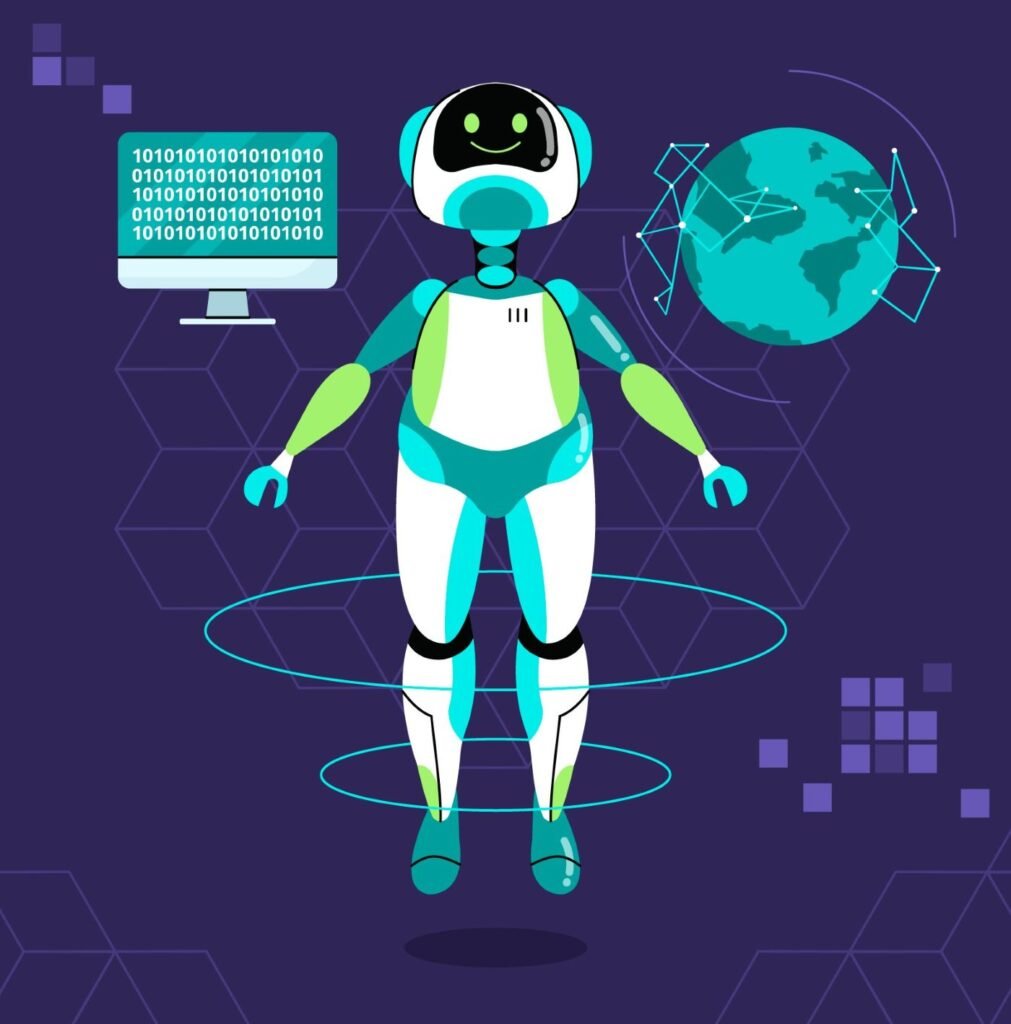
Key Comparisons: Rules vs. Intelligence
To illustrate the contrasting features of both systems, here is a summary:
- Traditional Automation:
- Based on fixed rules
- No ability to learn or adapt
- Efficient in repetitive tasks
- Limited to predefined scenarios
- AI Agents:
- Utilizes machine learning and adaptability
- Self-improving over time
- Can handle complex scenarios
- Provides more efficient problem-solving
While traditional automation is effective in executing predetermined tasks, AI agents offer an innovative approach that enhances operational efficiency through dynamic learning and intelligent decision-making.
Applications in the Real World: From Factories to Smart Homes
In today’s rapidly evolving technological landscape, automation plays a pivotal role in diverse sectors. From factories to smart homes, the integration of traditional and AI-driven solutions is transforming how tasks are executed.
Traditional Automation in Factories
Traditional automation has been widely used since the industrial revolution. This form often involves fixed processes handled by machines and includes applications like:
- Assembly Lines: Robotic arms performing repetitive tasks.
- Conveyor Systems: Movement of goods in a streamlined manner.
- Quality Control: Sensors detecting anomalies in products.
A notable example is Ford Motor Company’s assembly line, which revolutionized car manufacturing through its efficiency.
The Rise of AI Agents in Smart Homes
In contrast, AI agents represent a leap towards responsive and adaptive systems. Homes equipped with AI use intelligent algorithms, such as:
- Smart Thermostats: Learning user preferences to optimize heating and cooling.
- Voice Assistants: Understanding commands to control devices.
- Security Systems: Detecting intrusions and alerting homeowners.
For instance, Google Home can adjust lighting and temperature based on user habits, significantly enhancing comfort and efficiency.
Comparative Overview: Traditional vs AI Automation
Below is a comparative table summarizing the key differences between traditional automation and AI agents :
| Aspect | Traditional Automation | AI Agents |
|---|---|---|
| Flexibility | Low | High |
| Learning Ability | No | Yes |
| Use Cases | Repetitive Tasks | Dynamic Interactions |
As industries evolve, the need for both traditional automation and AI agents will continue to coexist, leveraging each technology’s strengths for maximum impact.
Speed, Flexibility, and Scalability: Which Wins?
In today’s rapidly evolving technological landscape, the debate between traditional automation and AI agents is becoming increasingly relevant. Companies are constantly striving to enhance operations, and understanding the factors of speed, flexibility, and scalability is essential for optimal performance.
Key Performance Metrics
When analyzing which approach is superior, companies often consider several performance metrics:
- Speed: The time taken to complete tasks.
- Flexibility: The ability to adapt to new requirements.
- Scalability: The capability to handle increasing amounts of work.
Comparison of Traditional Automation and AI Agents
Let’s delve deeper into how traditional automation and AI agents measure up against these vital metrics:
| Metric | Traditional Automation | AI Agents |
|---|---|---|
| Speed | Fast for repetitive tasks. | Increases with machine learning. |
| Flexibility | Limited to predefined processes. | Highly adaptable to new data. |
| Scalability | Challenging as complexity increases. | Easily scales with demand. |
While traditional automation excels in speed for set tasks, AI agents surpass it in flexibility and scalability. Businesses must carefully weigh these factors to determine which option aligns best with their operational goals and metrics.
Cost and Complexity: Which One Fits Your Needs?
Traditional automation requires significant financial investment and technical expertise. Businesses often face costs related to hardware, software, and maintenance. Here are some key factors:
- Hardware costs: Servers, machines, and other equipment.
- Software licenses: Costly commercial software can add to the budget.
- Maintenance: Ongoing costs to ensure system integrity.
In this context, the initial setup can be intimidating for many businesses. For example, a manufacturing company might need a $100,000 investment just to start using robotic arms.
The Role of AI Agents
On the other hand, AI agents can streamline processes with less upfront cost. While implementation still requires investment, the overall complexity may be lower. Consider the following:
- Lower hardware dependency: AI systems can often function on existing infrastructure.
- Cloud solutions: Many AI services are available on subscription models, reducing initial costs.
- Scalability: Businesses can adapt AI implementations as they grow.
For instance, a small business might use a cloud-based AI chatbot for customer service at a monthly cost of $200, avoiding hefty upfront investments.
Comparative Analysis
When deciding between traditional automation and AI agents, analyze the financial and technical demands carefully:
| Feature | Traditional Automation | AI Agents |
|---|---|---|
| Initial Cost | High | Moderate |
| Maintenance | Ongoing | Lower |
| Scalability | Limited | Flexible |
Ultimately, the choice between cost and complexity may hinge on your specific business needs, making it imperative to weigh both options carefully.
Human Roles: Partnering with AI Agents vs. Supervising Automation
The dynamic between human roles and technology is rapidly evolving. Traditionally, automation involved machines performing repetitive tasks without much human intervention. This type of automation is effective for manufacturing and assembly lines. In contrast, AI agents leverage advanced algorithms to perform complex tasks, requiring human oversight to ensure accuracy and efficiency.
Human Roles: Partnering with AI versus Supervising Automation
As we embrace these technologies, it is crucial to assess how humans interact with them. Here’s a comparison:
| Aspect | Partnering with AI Agents | Supervising Automation |
|---|---|---|
| Role | Collaborative | Overseeing |
| Responsibilities | Enhancing decision-making | Ensuring safety and efficiency |
| Examples | Data analysis, customer service | Manufacturing operations, quality control |
Implications for the Future Workforce
The shift towards AI agents heralds a new frontier for the workforce. Companies must invest in training programs that equip employees with the skills to collaborate efficiently with AI. The goal is to build a resilience that enables workers to respond swiftly to technological advances, ensuring that the role of humans is not diminished but transformed.
Challenges and Limitations: AI Bias vs. Traditional Rigidity
The emergence of AI agents presents significant challenges and advantages when compared to traditional automation methods. As we delve deeper into this topic, it is essential to understand the pitfalls inherent in both approaches.
Challenges of AI Bias
AI agents, while innovative, often face issues of bias. This challenges their reliability and effectiveness. Here are a few examples of AI bias:
- Recruitment Processes: If training data is biased towards a specific demographic, the AI may unfairly favor or discriminate against candidates.
- Facial Recognition: Studies have shown higher error rates for individuals from underrepresented groups.
The impact of bias often leads to skewed outcomes, compromising the integrity of the decisions made by AI.
Limitations of Traditional Automation
Conversely, traditional automation is characterized by its rigidity. Here are several key limitations:
- Inflexibility: Traditional systems can be inefficient when responding to new data or unexpected situations.
- High Maintenance Costs: These systems require regular updates and monitoring, which can be resource-intensive.
This rigidity can lead to inefficiencies, especially in rapidly changing environments where adaptability is crucial.
Comparative Analysis of Outcomes
Summarizing the challenges of both AI bias and traditional rigidity in a comparative table illustrates their impacts:
| Approach | Advantages | Challenges |
|---|---|---|
| AI Agents | Adaptive, Efficient Learning | Bias Issues |
| Traditional Automation | Reliability, Predictability | Rigidity, Maintenance Costs |
The Future of Automation: Will AI Agents Replace Traditional Systems?
The field of automation has undergone significant transformation over the past few decades. With the advent of AI agents, industries are witnessing a paradigm shift. Traditional systems, which once dominated production lines and service sectors, are gradually making way for intelligent solutions that enhance efficiency and decision-making.
Coexistence of AI Agents and Traditional Systems
Rather than a complete replacement, the future of automation is likely to involve a harmonious coexistence between AI agents and traditional systems. Key reasons supporting this trend include:
- Cost-effectiveness: Businesses can optimize systems incrementally, reducing upfront investment.
- Enhanced capabilities: AI technologies can streamline repetitive tasks while humans focus on complex problem-solving.
- Adaptability: Integration allows for gradual adaptation to new technologies without overwhelming workers.
Examples of Automation Evolution
Consider the following examples of how AI agents are enhancing traditional systems:
| Traditional System | AI Integration |
|---|---|
| Customer Service | Chatbots that provide 24/7 support and handle inquiries efficiently. |
| Manufacturing | Robotics performing assembly while AI analyzes performance data for process improvement. |
Wrap UP
As the world of technology evolves, so does our approach to automation. Traditional systems and AI agents each have unique strengths, weaknesses, and use cases. While traditional automation excels in predictable environments, AI agents shine where adaptability and intelligence are key. The choice isn’t always about replacing one with the other—it’s about understanding your needs and leveraging the best of both worlds. The future is not just automated; it’s intelligent. Are you ready to embrace it?
FAQs
What is the main difference between AI agents and traditional automation?
AI agents rely on artificial intelligence to learn, adapt, and make decisions, while traditional automation follows predefined, rule-based processes without adaptability.
Which is more cost-effective: AI agents or traditional automation?
Traditional automation is often more cost-effective for simple, repetitive tasks, while AI agents require higher initial investments but offer greater value in dynamic and complex scenarios.
Can AI agents replace traditional automation entirely?
Not entirely. Both have unique strengths. Traditional automation is ideal for predictable tasks, whereas AI agents excel in situations requiring flexibility and learning.
What industries benefit the most from AI agents?
AI agents are particularly beneficial in healthcare, finance, customer service, and any industry requiring data analysis, decision-making, or personalization.
Are there any risks associated with using AI agents?
Yes, risks include data privacy concerns, potential biases in AI models, and higher complexity in implementation and maintenance compared to traditional automation.
How do AI agents and traditional automation impact job roles?
AI agents often complement human roles by handling complex tasks, while traditional automation reduces manual work for repetitive processes. Both may lead to workforce upskilling.
Is it possible to use both AI agents and traditional automation together?
Absolutely! Many businesses combine the two to leverage the efficiency of traditional systems and the intelligence of AI agents for a hybrid approach.
What are the scalability differences between AI agents and traditional automation?
AI agents scale more efficiently in dynamic environments, while traditional automation is limited to scaling predefined processes.


